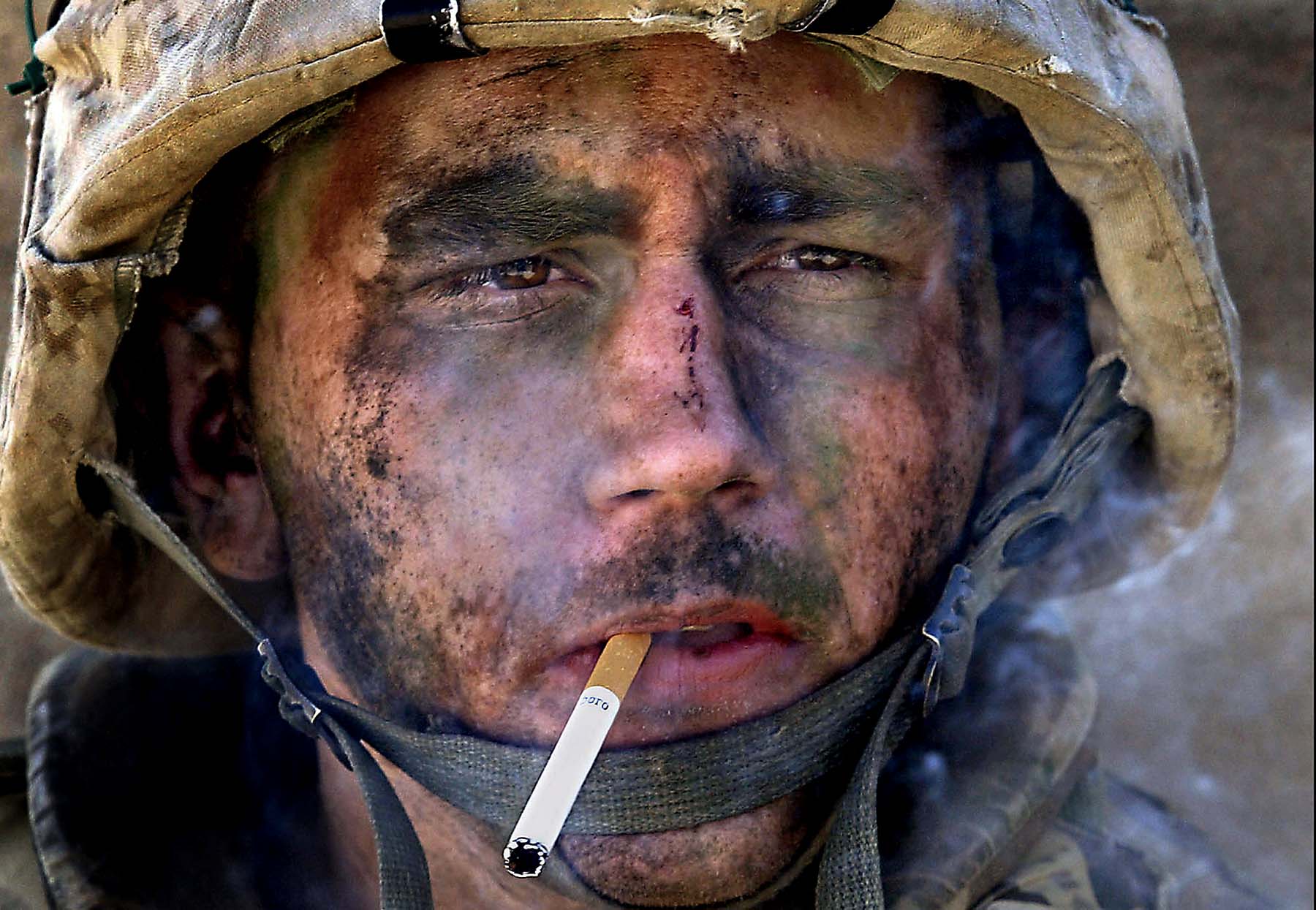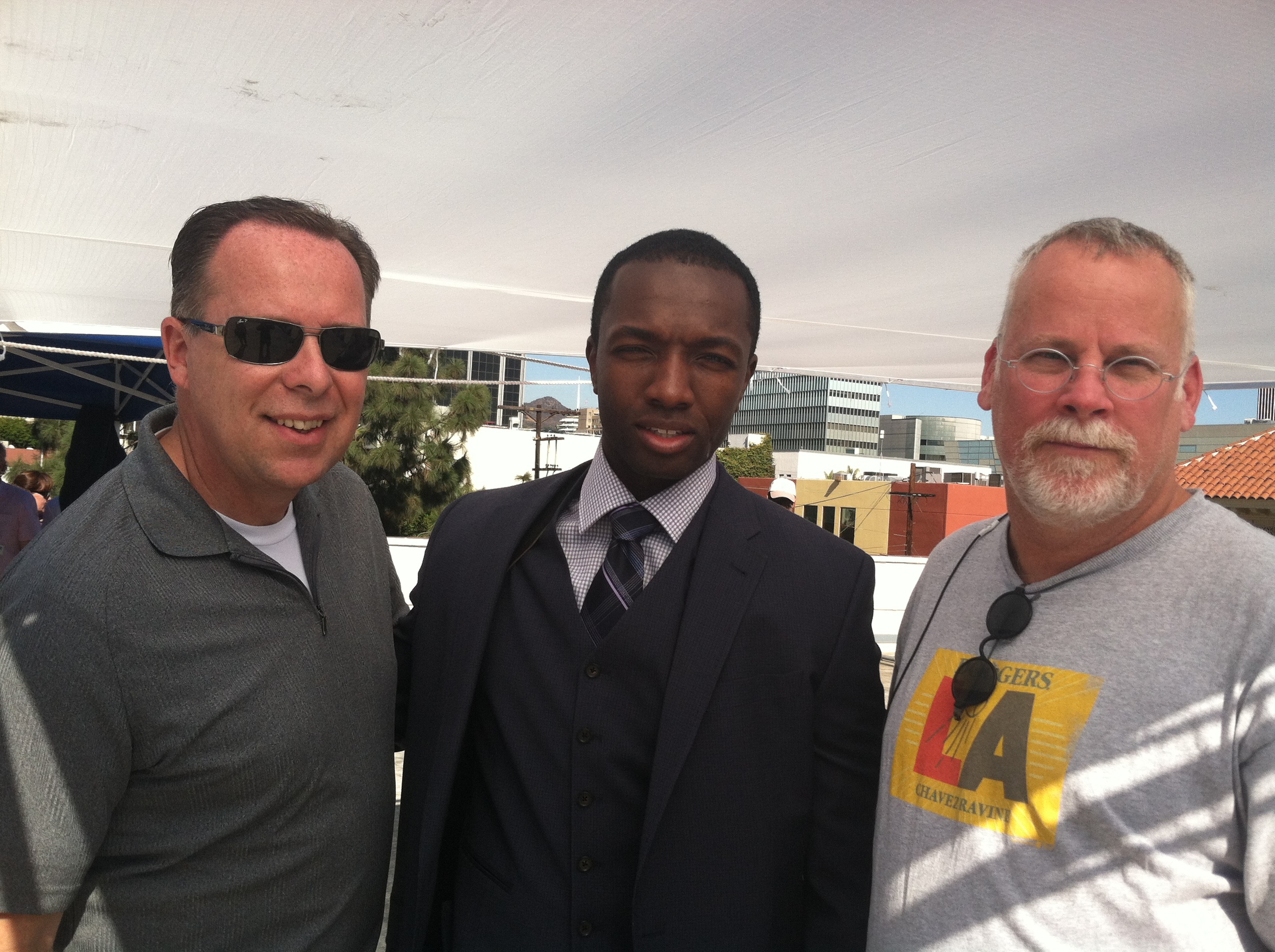The Wonderful Transformation of Kartoon's Battlefield
/Jan, 25, 2014
Back in the '70s and '80s, when Ronald "Kartoon" Antwine got into a fight, he was the Goliath, a six-foot four, 240-pound menace to Watts with a mad-at-the world scowl on his face and a sawed-off shotgun beneath a long, black leather jacket.
He was stationed on Monitor Avenue, the Eastern front in the battle between his gang, the Bounty Hunters, headquartered in Nickerson Gardens, and their deadly rivals, the PJ Crips of Imperial Courts. Across the street from his house there on Monitor between 113th and 114th, was an acre-sized lot with weeds as tall as Kartoon. Here, gang snipers fired, trashed was dumped, hope was discouraged and darkness reigned. For decades, it was a symbol of the despair and abandonment of Watts.
But, on this lovely winter Saturday morning, thanks largely to Ronald "Kartoon" Antwine's determination, that ugly plot of earth became a symbol of all the things it wasn't - hope, play and brightness - as the first shovelful of its dirt was overturned, the opening salvo in the transformation of the old battleground into Monitor Avenue Park.
"Today I make amends to you," said Kartoon, as he spoke before a crowd of 150 that included California State Senator Keven De Leon, Los Angeles City Councilman Joe Buscaino and acting General Manager of the Dept. of Parks and Recreation, Michael Shull. "I helped destroy this neighborhood. I was a gang member. I was a drug seller. But, this is my amends."
Antwine details his battles against landowners Union Pacific, his fight against having a housing tract developed on the vacant lot, and how he refused to sellout, even with the promise of riches, in his own words here, http://krikorianwrites.com/blog/2014/1/25/ronald-kartoon-antwines-fight-for-a-park-in-his-own-words
"We were the little guy against Goliath. We were the David," he said adding that blacks and Hispanics came together, signing petitions. going to meetings and overcoming obstacles, to make this park happen. "This is not my park. This is our park."
Antwine singled out Tori Kjer of the Trust for Public Land as a tireless advocate for the park. He called her "my baby mama": their "baby" being Monitor Avenue Park, Kjer in turn credited Kartoon with doing "the fighting for the park and getting other members of the community involved in the fight."
Antwine also thanked his lifelong best friend Greg Brown for his support.
Local residents were thrilled the long-awaited park, which is expected to open toward the end of 2014, was finally becoming a reality
"This park will lend a little life back into this community," said Angela Johnson who has lived in Watts for 11 years. "I think it's great because we have some real men, like Kartoon, encouraging more young people to do the right thing."
Other people spoke, the state senator De Leon, council member Buscaino, even the pastor of the Macedonia Baptist Church down 114th Street, but this was Kartoon's day.
"My mom, Ruby Joyce, was a religious person, but one day, about 40 years ago, she lied and said there was a dead body in this lot, just so the police would come and clean it up." For a moment, the big, tough guy was quiet. Then he continued. " It was a long fight, but this park is really going to happen. I am hopeful my kids' kids will be playing in this park long after I'm gone. I mean that, from the cavity of my heart and the depths of my soul."
(FTRecord : I've been knowing Kartoon about 20 years. Here's how he got his nickname. He would be at home on Monitor, doing homework and the neighborhood boys would pound on the door wanting him to come out and play. Embarrassed to say he was doing homework, he would tell them he was busy in watching cartoons. The spelling of "Kartoon" is with a "K" because he was from Bounty Hunters and Bloods are not fond of the letter "c".)
Kartoon with Tori Kjer from the Trust for Public Land










